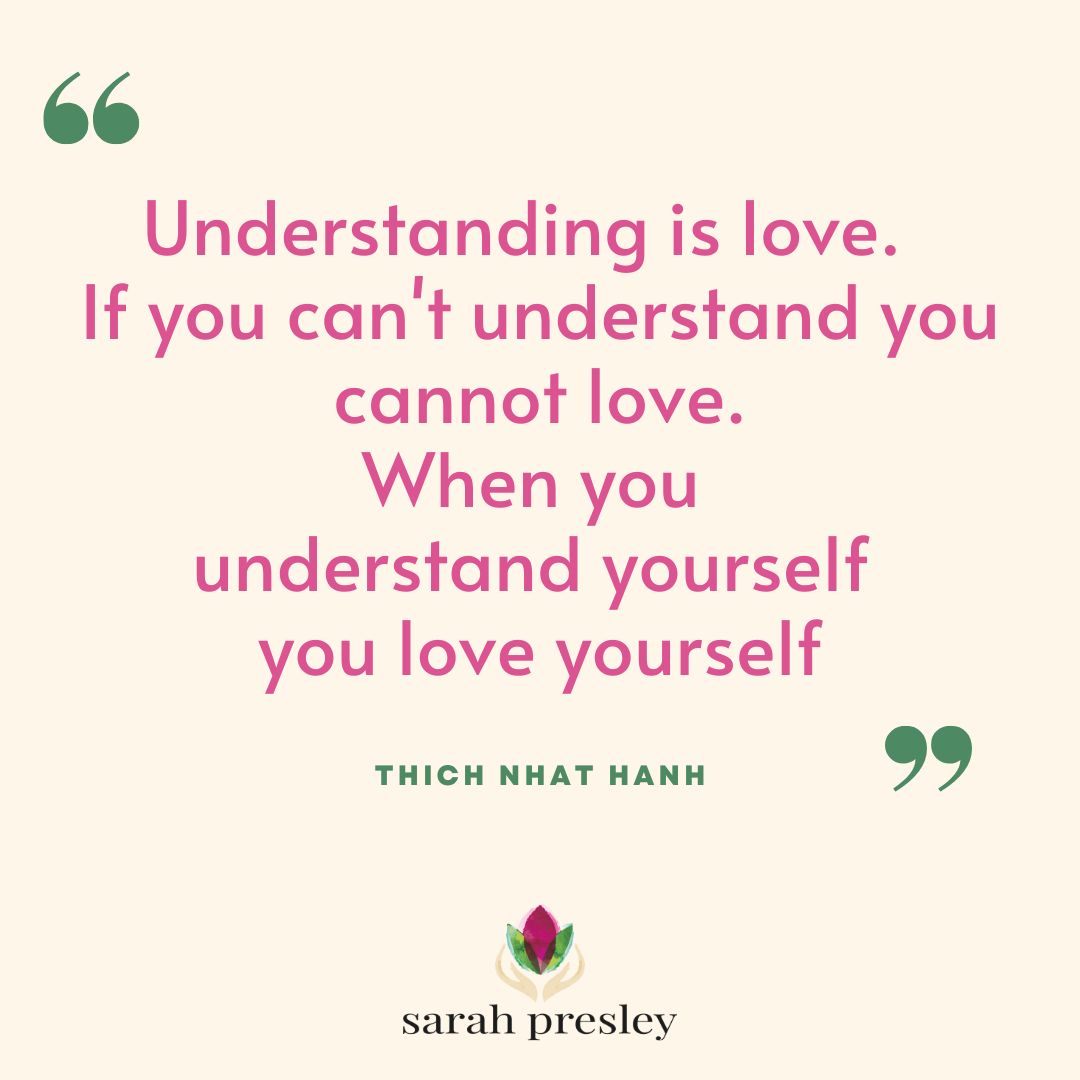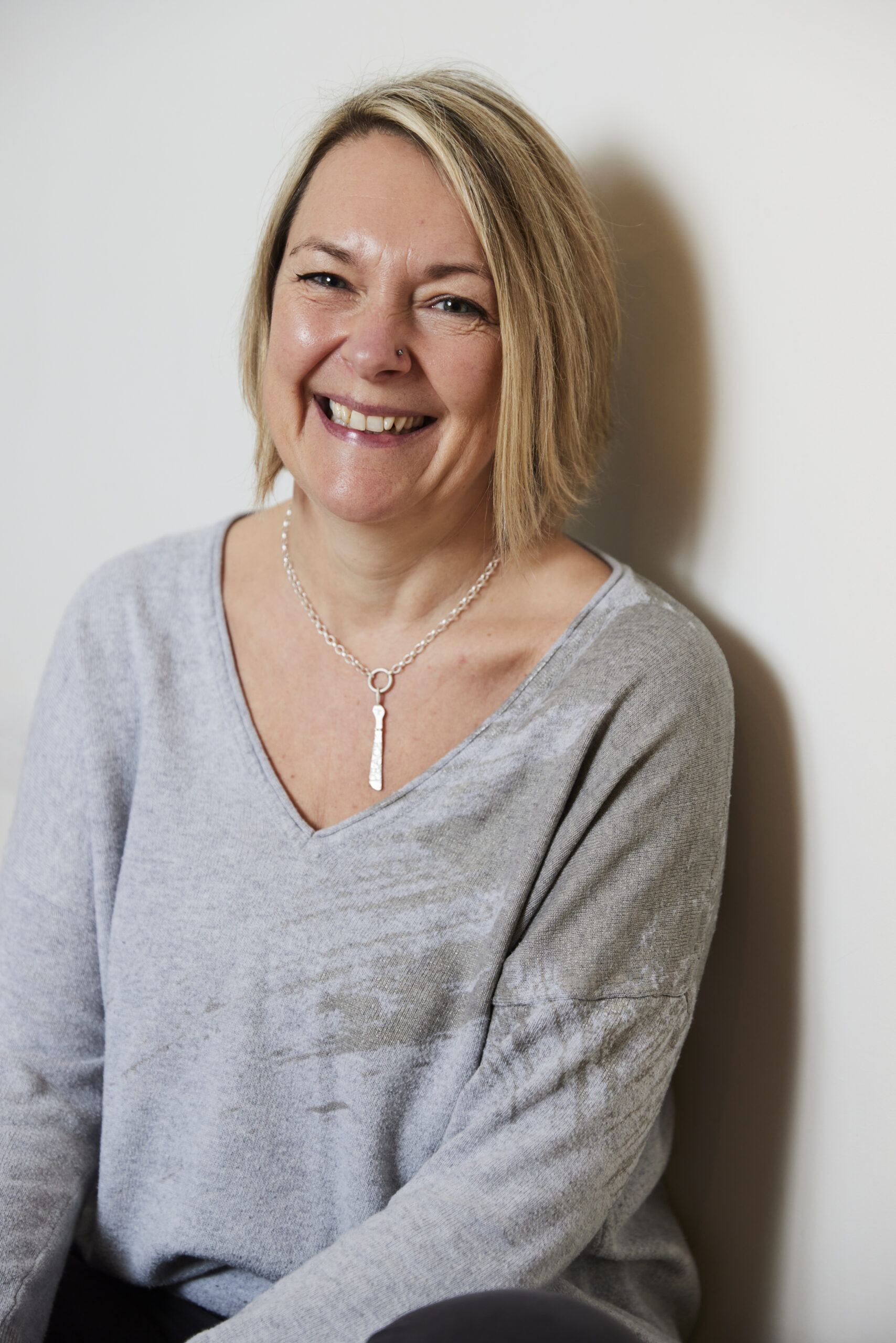
The changing nature of friendships
Many years ago, I became aware of a poem which began, ‘People come into your life for a reason, a season, or a lifetime’ by Brian A. “Drew” Chalker. It very much resonated with me, and I would often quote it to clients who were struggling in their relationships with friends, family, colleagues, and even acquaintances too.
To me, I have always felt we have a circle of energy which is resonating at our own unique rhythm, and so the people who are currently in our life, are the ones who’s circles are resonating in a similar rhythm – meaning we are in harmony with them. It is inevitable, however, that life experiences will change the resonance, so some of the circles of people will not match our own rhythm anymore, and we can begin to feel a sense of dis-harmony. Yet, because of shared experiences, it can be hard to let the circle/person go.
I feel quite fortunate to have lovely people in my life, but I have struggled, at times, when there has been disharmony, and I have certainly felt disappointment, or even hurt and pain too, when the relationships have not worked out.
Recently, I was pondering this situation, and came across a theory I hadn’t heard about before called ‘Dunbar’s number’, by evolutionary psychologist, Robin Dunbar. Dunbar’s number represents the number of meaningful and stable relationships people are able to cognitively maintain at once (his theory shows an average of 150, but can also vary between 100 to 250). He also has a concept which he classes as ‘circles of friendships’. The first layer, known as your intimate layer, represent the 1.5 people who form your romantic relationships – generally speaking, we will have 1, but some people like to have an intimate partner and a best friend. The next layer has 5 people within it – these are your loved ones, perhaps the ones who’s will drop everything to be with you should you need them. Of course, you don’t need to have 5 in this category, some people may have just 1 or 2 here. The next layer is 15 – these are good friends and/or family members and they are made up of the ones we tend to share fun times with. We may also develop a trust with the people in this layer and will be happy to let them look after our children, pets or home. Next, is the 50 layer, and these are the extended celebratory type of friends. And then there is the 150 layer who are there for the wedding, or even funeral, type of one-off events. Beyond this, we may have 500 acquaintances and 1500 people who you can recognise.
Of course, there are variations within these layers due to some people being introverts, and some who are extroverts. Also, the people who are in these layers will change too, perhaps due to changes in circumstances, such as house or job moves, having children, or when the children have grown up.
Looking at all of these theories, the common theme we can understand from them is how it is natural for there to be some relationships which are there for the long haul, whilst others are going to come and go. And whilst it can be helpful to understand this, it can be difficult to deal with the pain and hurt we can experience when it doesn’t work out and relationships come to an end.
This is something I wanted to address when I was writing my book – why do we feel the pain of rejection? Something we need to be aware of, is that the part of the brain which processes emotions, is different to the part of the brain which processes physical pain. Yet studies of the brain have shown how rejection activates the physical area, demonstrating how rejection is physically painful. Psychologists believe there is an evolutionary reason for this – when we lived in tribes, being forced to survive alone would bring many challenges, and ultimately death, so we are hard-wired to feel rejection to enable us to adjust our behaviour to stay within the tribe.
So the pain of rejection is real, yet living in world where change is inevitable, it is necessary for us to learn how to accept a painful change – but that isn’t always easy. Before acceptance, we may have to offer a big dose of compassion towards ourselves, or even the situation, or to let go of any resistance we have to the change. Or to process the grief we may feel around the change.
Ultimately, it is how we treat ourselves within these situations which are key. That is why I wrote my book, ‘Making Friends with Yourself’. I feel that if we are presented with an understanding of why we feel the way that we do, it can help us to let go of the resistance we can feel about the situation. Meditation can be a practical tool for letting go of the stress we are feeling within our minds and bodies, and can help us to create space between the situation and our response. Through the practice, we can learn also learn to feel more compassion, and not to be too hard on ourselves, when experiencing the ever changing rhythms of the ebb and flow of the people in our lives.
If you would like to find out more about why we feel the way we do, and what you can do about it, then my book, Making Friends with Yourself: A Practical Guide on How Meditation Can Take Your From Overwhelm to an Inner Calm, is available on paperback or kindle at Amazon, or you can purchase a paperback directly from me.




Leave a Reply